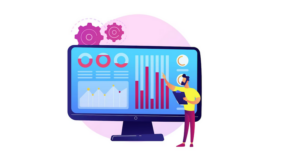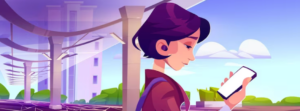Visual Chat GPT: The Future of Conversational AI
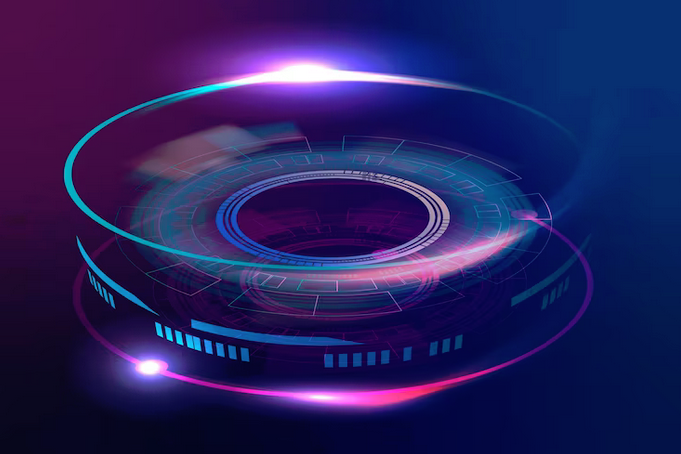
Table of Contents
Conversational AI has come a long way in recent years, and the latest innovation in this space is Visual Chat GPT. This technology combines the power of natural language processing with visual recognition to create a more human-like chat experience. In this article, we’ll take a closer look at what Visual Chat GPT is, what it can do, and how it can benefit both consumers and businesses alike.
What is Visual Chat GPT?
 Visual ChatGPT is a conversational AI system that utilizes a combination of natural language processing and computer vision to understand and respond to user queries. It is an extension of the popular GPT (Generative Pre-trained Transformer) architecture that has been widely used for natural language processing tasks. However, Visual Chat GPT also incorporates visual recognition capabilities that allow it to analyze and interpret images and videos.
Visual ChatGPT is a conversational AI system that utilizes a combination of natural language processing and computer vision to understand and respond to user queries. It is an extension of the popular GPT (Generative Pre-trained Transformer) architecture that has been widely used for natural language processing tasks. However, Visual Chat GPT also incorporates visual recognition capabilities that allow it to analyze and interpret images and videos.
This technology is designed to improve the conversational experience by providing a more natural and intuitive way for users to interact with machines. Instead of relying solely on text-based inputs, Visual Chat GPT allows users to express themselves through a combination of text, images, and videos.
What Can Visual Chat GPT Do?
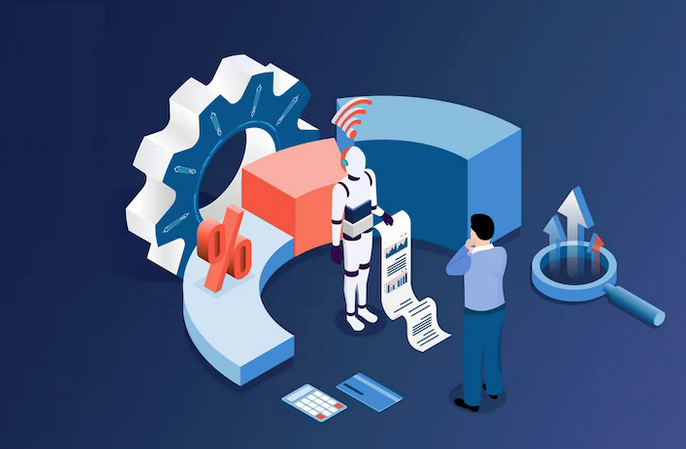
Visual Chat GPT has a wide range of potential applications across various industries. Here are a few examples:
- Customer Service: Visual Chat GPT can be used to create chatbots that provide customer support for businesses. By incorporating visual recognition, these chatbots can better understand customer issues and provide more accurate and relevant responses.
- E-commerce: Visual Chat GPT can be used to create personalized shopping experiences for consumers. By analyzing user preferences and browsing history, chatbots can recommend products that are more likely to appeal to individual users.
- Healthcare: Visual Chat GPT can be used to create chatbots that provide medical advice and support. By analyzing symptoms and medical history, these chatbots can provide personalized recommendations and guidance.
- Education: Visual Chat GPT can be used to create chatbots that provide interactive and personalized learning experiences. By incorporating visual recognition, these chatbots can better understand user responses and tailor their recommendations accordingly.
How Can Visual Chat GPT Benefit Consumers?
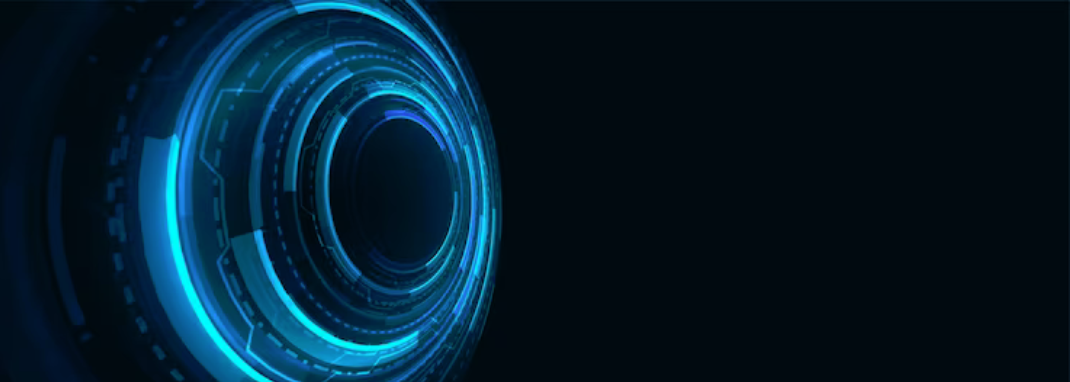
Visual ChatGPT can provide a more natural and intuitive way for consumers to interact with machines. By incorporating visual recognition, chatbots can better understand user inputs and provide more accurate and relevant responses. This technology can also improve the overall customer experience by providing personalized recommendations and support.
For example, a consumer shopping online for a new pair of shoes can use a chatbot that incorporates Visual Chat GPT. Instead of typing out their preferences in text, the user can upload a photo of a shoe they like, and the chatbot can recommend similar products based on visual recognition.
How Can Visual Chat GPT Benefit Businesses?
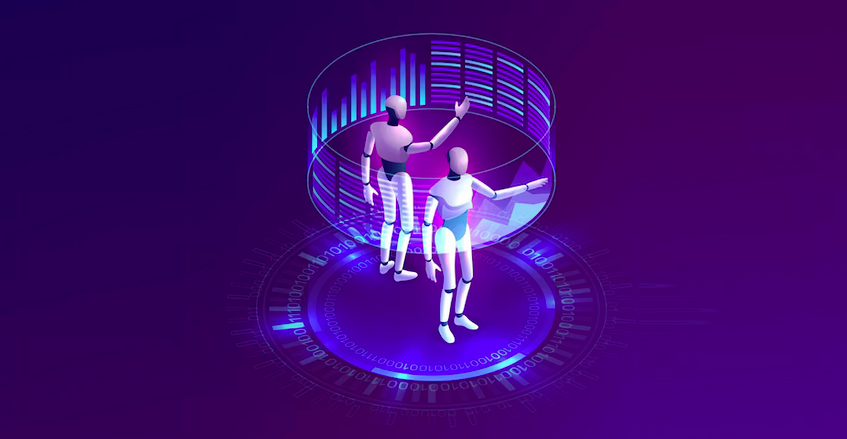
Visual ChatGPT can benefit businesses in several ways. Firstly, it can improve customer support by providing more accurate and relevant responses to customer queries. This can help reduce response times and improve overall customer satisfaction.
Secondly, Visual ChatGPT can be used to create personalized shopping experiences for consumers. By analyzing user preferences and browsing history, chatbots can recommend products that are more likely to appeal to individual users. By using this service, developers can potentially boost sales and enhance customer loyalty
Finally, Visual ChatGPT can be used to create more engaging and interactive video marketing campaigns. By incorporating visual recognition, businesses can create chatbots that provide personalized recommendations and support, helping to build stronger relationships with customers.
Visual Chat GPT Alternatives

While Visual ChatGPT is one example of an AI image generator that uses natural language inputs to generate images, there are also other types of AI image generators that use different types of inputs.
These following AI Image generators can be used in a variety of applications, such as creating realistic images for computer games and animated videos or generating unique images for artistic purposes.
As the technology continues to develop, we can expect to see even more innovative AI image generators that can push the boundaries of what is possible in the world of computer-generated images.
Examples of other AI image generators:
StyleGAN:
StyleGAN is a state-of-the-art AI image generator that uses machine learning to generate high-quality, photorealistic images. It is known for its ability to create images of faces that look incredibly realistic.
DALL-E2:
DALL-E2 is an AI image generator created by OpenAI that can generate images from textual descriptions. Users can input descriptions like “a bird with a red beak and blue feathers” and DALL-E will generate an image of the description.
GPT-3 Image:
GPT-3 Image GPT is a natural language processing AI developed by OpenAI that can also be used for image completion. By providing an incomplete image and a textual prompt, GPT-3 can generate a completed image based on the prompt.
BigGAN:
BigGAN is another state-of-the-art AI image generator that is known for its ability to generate high-resolution images. It is trained on a large dataset of images and can create a wide variety of images, from realistic to surreal.
Sketch-RNN:
Sketch-RNN is an AI image generator that can create hand-drawn sketches of objects based on user input. Users can input a textual description of an object, and Sketch-RNN will generate a hand-drawn sketch of the object.
How Will These AI Image Generators Impact The Creative Industry?
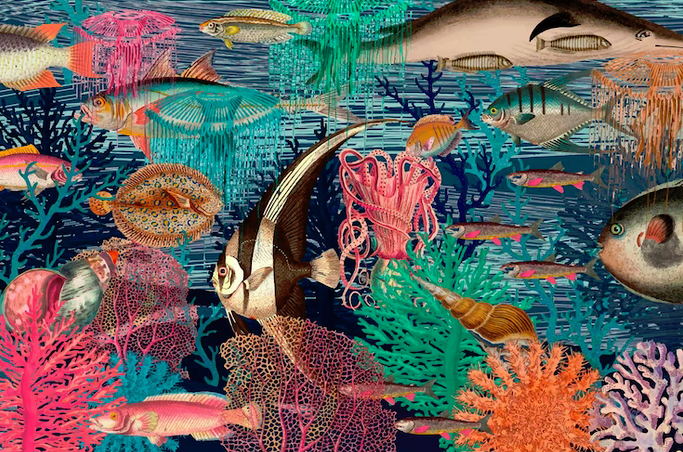
AI image generators have the potential to revolutionize the creative industry by offering new and innovative ways for animators, artists, designers, and other creatives to generate and manipulate images. Here are some ways AI image generators may impact the creative industry:
Increased Efficiency:
AI image generators can produce large volumes of high-quality images in a short amount of time, making it possible for creatives to generate and test more design ideas quickly. This can help speed up the creative process, allowing creatives to spend more time refining and improving their designs.
New Creative Possibilities:
AI image generators can create images that are difficult or impossible to create manually. For example, StyleGAN can create highly realistic human faces that look like they could be photographs. This opens up new creative possibilities for artists and designers, allowing them to explore new styles and techniques.
Customization and Personalization:
AI image generators can be used to create highly personalized and customized images. For example, DALL-E can create images based on textual descriptions, allowing users to specify exactly what they want the image to look like. This can be useful in a variety of applications, from creating custom graphics for a website to generating personalized art pieces for customers.
Cost Reduction:
AI image generators can be a cost-effective alternative to hiring a professional photographer or illustrator. For example, BigGAN can create high-resolution images of objects or scenes that would be expensive to photograph or illustrate manually.
However, there are also concerns about the impact of AI image generators on the creative industry, such as the potential for automated image creation to replace human creativity and expertise.
Ultimately, the impact of AI image generators on the creative industry will depend on how they are used and integrated into creative workflows.
Conclusion: Visual Chat GPT

Visual ChatGPT is an exciting new technology that has the potential to transform the conversational AI landscape. By combining natural language processing with visual recognition, this technology can provide a more natural and intuitive way for users to interact with machines.
This can benefit both consumers and businesses alike by providing more accurate and relevant responses to user queries, improving the overall customer experience, and driving sales and customer loyalty.
As with any emerging technology, there are still some challenges to be addressed with Visual ChatGPT. One of the main challenges is ensuring the accuracy of visual recognition algorithms. This is particularly important in industries like healthcare, where incorrect recommendations could have serious consequences.
Another challenge is ensuring the privacy and security of user data. As Visual ChatGPT relies on analyzing and interpreting user inputs, it is essential to ensure that user data is protected and not misused.
Despite these challenges, Visual ChatGPT represents a significant step forward in the development of conversational AI. As the technology continues to mature, we can expect to see more widespread adoption across various industries, leading to more natural and intuitive interactions between humans and machines.
FAQs: Visual Chat GPT
Q: How does Visual Chat GPT differ from traditional chatbots? A: Visual Chat GPT incorporates visual recognition capabilities, which allow it to analyze and interpret images and videos, in addition to text-based inputs. This enables a more human-like and intuitive chat experience.
Q: What are some industries that could benefit from Visual Chat GPT? A: Visual Chat GPT has potential applications in industries such as customer service, e-commerce, healthcare, and education, among others.
Q: What are some potential benefits of Visual Chat GPT for businesses? A: Visual Chat GPT can improve customer support, provide personalized shopping experiences for consumers, and create more engaging and interactive marketing campaigns, among other benefits.
Q: What are some potential benefits of Visual Chat GPT for consumers? A: Visual Chat GPT can provide a more natural and intuitive way for consumers to interact with machines, improve the accuracy and relevance of responses to user queries, and provide personalized recommendations and support.
Q: What are some challenges with Visual Chat GPT? A: One of the main challenges is ensuring the accuracy of visual recognition algorithms, particularly in industries like healthcare. Ensuring the confidentiality and protection of user data presents yet another challenge
Contact us today to learn more about our services and how we can help you take your video content to the next level.
Article by Nicole Delgado 2023 | CMO | The Explainer Video Company – Animated Explainer Videos

